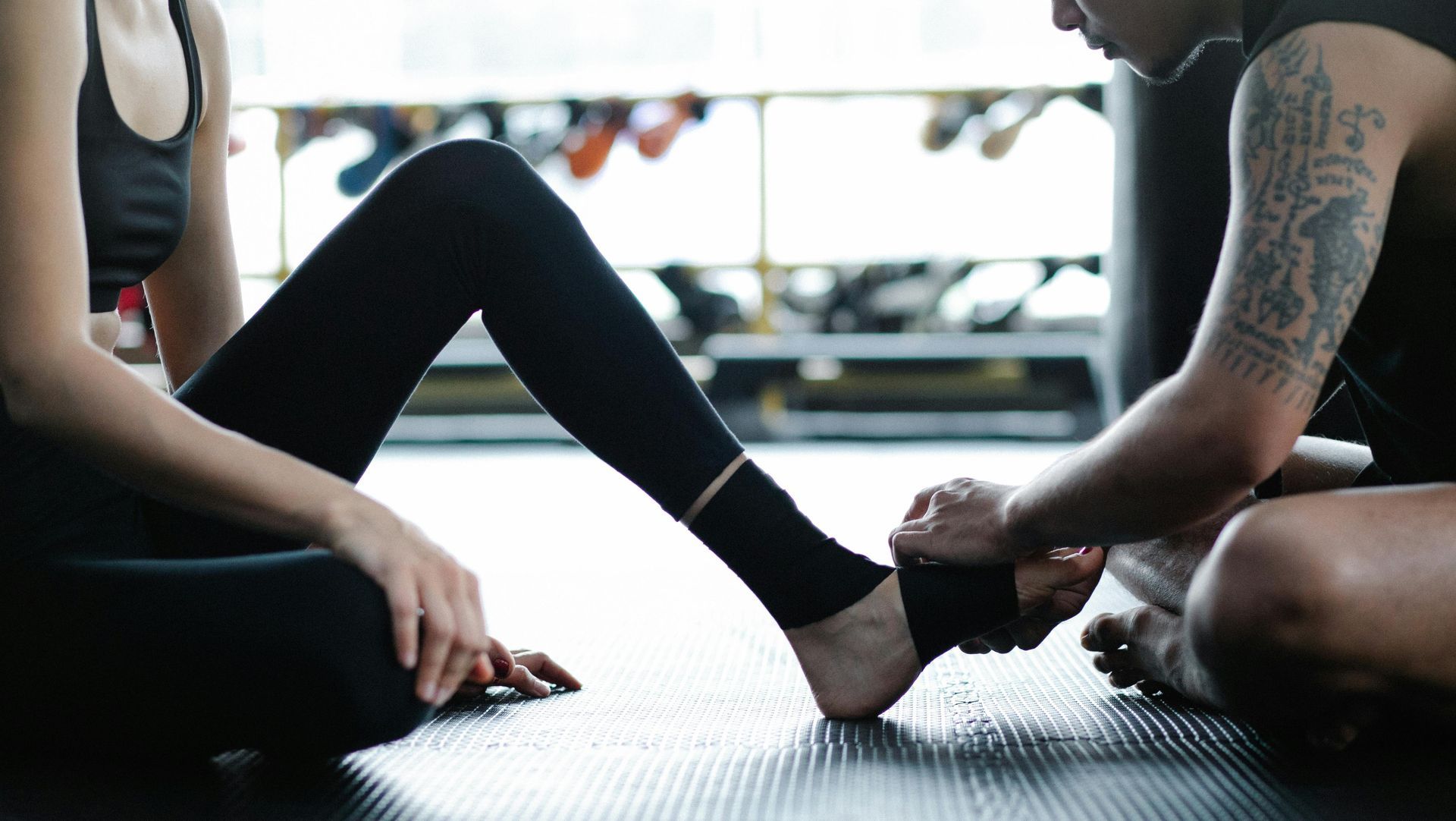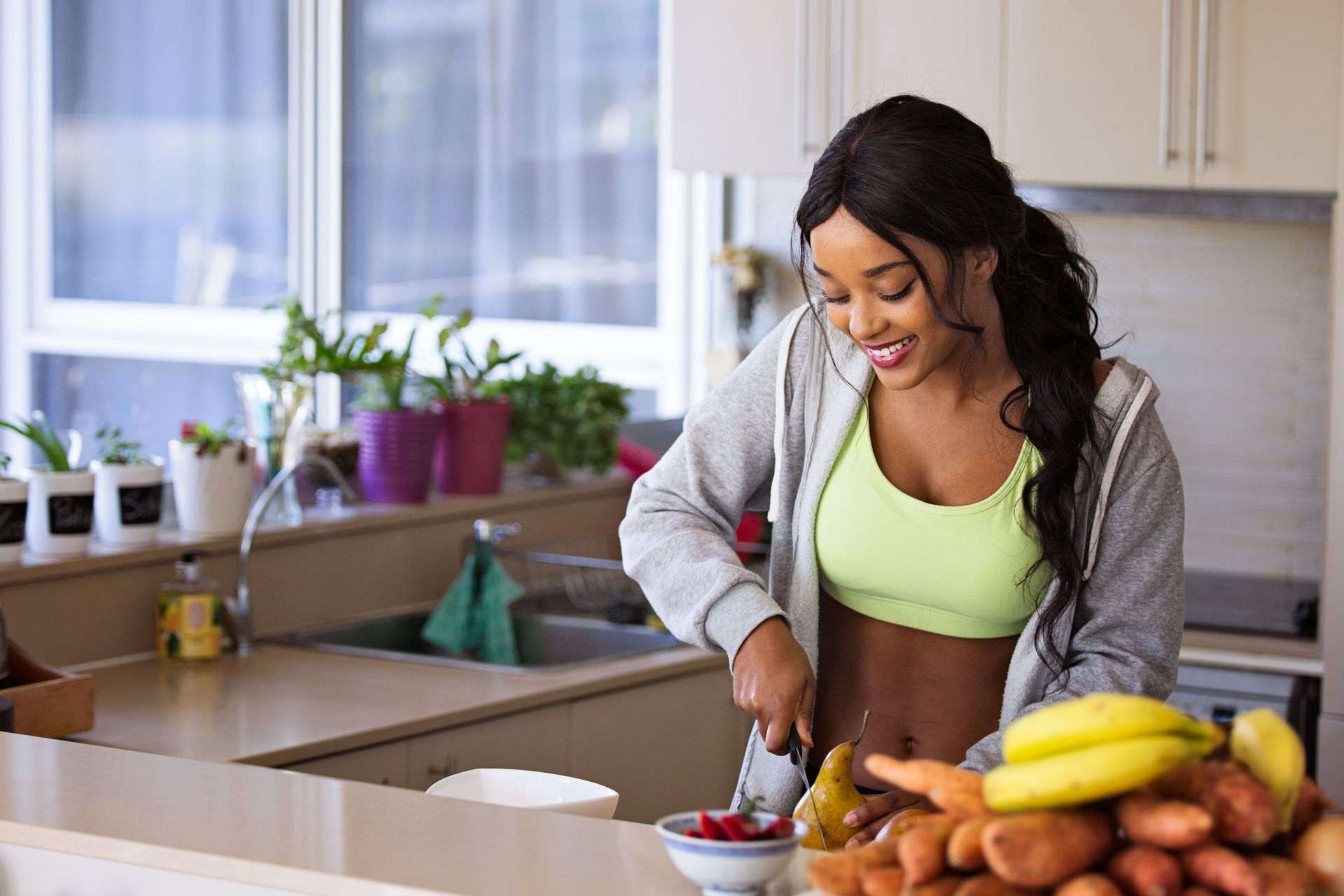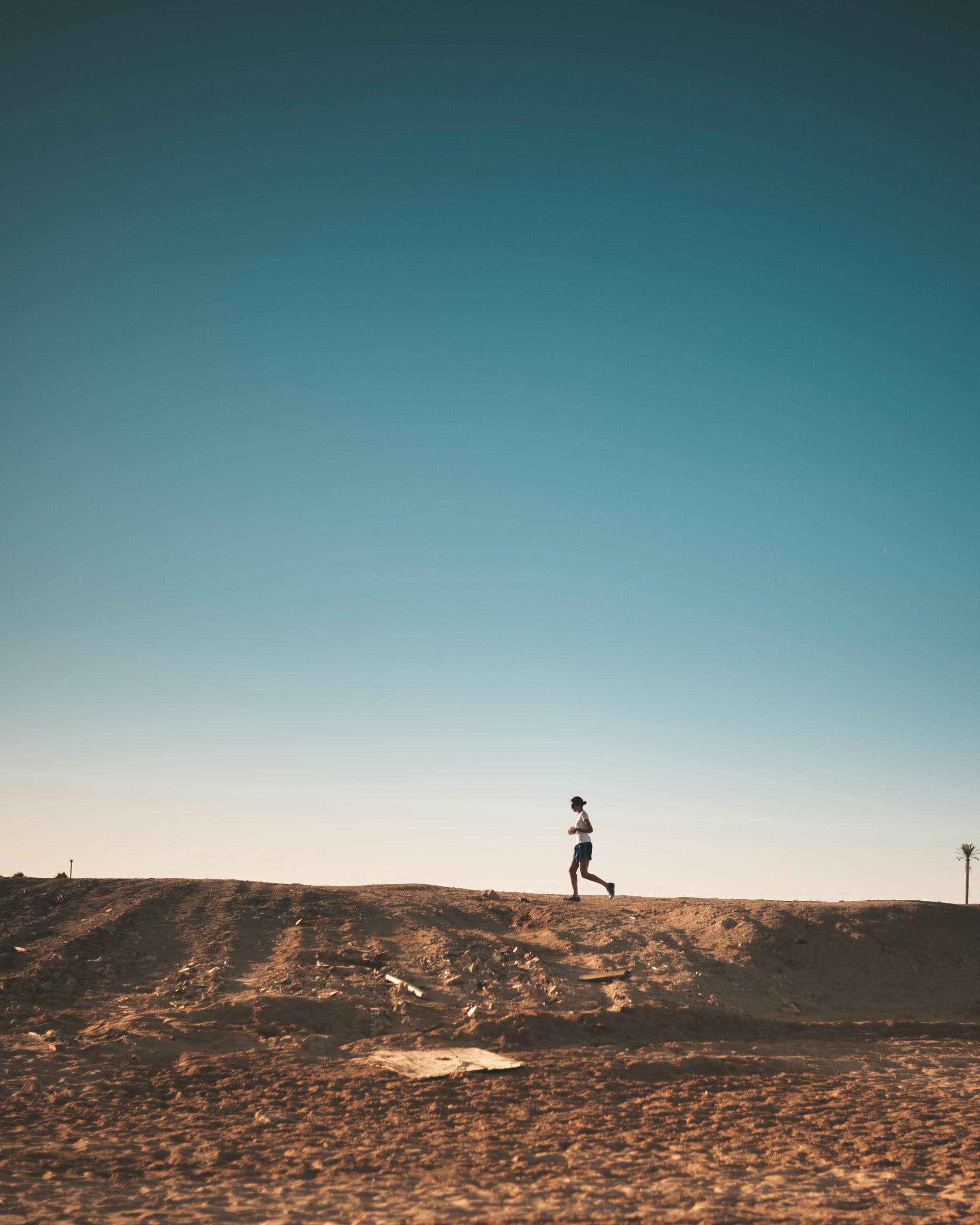A Fresh Take on Knee Pain Relief: Your Guide to PRP and Injection Therapy
Knee pain can really put a damper on your day-to-day life. Whether it’s from
arthritis, an old injury, or just wear and tear, living with sore knees isn’t fun. Luckily, modern treatments like injection therapies offer new hope. Let’s break down what PRP (Platelet-Rich Plasma) and other injection treatments are all about—in plain language that’s easy to understand.
What’s All the Fuss About PRP?
How PRP Works
Imagine your body is a natural repair shop. PRP therapy taps into that by using a small sample of your own blood. Here’s the simple process:
- Drawing Blood: A tiny bit of blood is taken from you.
- Spinning It: The blood is put in a machine (a centrifuge) that separates the good parts—especially the platelets, which are packed with healing power.
- Injection Time: That healing mix is then injected right into your knee.
The idea is that these platelets help kickstart your body’s own repair process, reducing inflammation and promoting healing. Because it’s your own blood, the risk of a bad reaction is pretty low.
The Perks of PRP
- Natural Healing: Uses your body’s own materials to heal itself.
- Fights Inflammation: Helps calm down the swelling and pain in your knee.
- Less Invasive: It’s just a blood draw and an injection—no surgery needed!
- Long-Term Benefits: Many people see improvements gradually over time, which can mean lasting relief.
Other Injection Options for Knee Pain
While PRP is gaining popularity, it’s not the only option. Here are a couple of other treatments you might hear about:
Corticosteroid Injections
- How They Help: These injections deliver anti-inflammatory medicine directly into your knee, which can quickly ease pain and swelling.
- Quick Relief: They often work fast but might not be a long-term fix if used repeatedly.
Hyaluronic Acid Injections
- What It Does: Hyaluronic acid is a natural substance in your joints that acts like a cushion. These injections help restore that cushion, making it easier for your knee to move smoothly.
- Steady Improvement: They might require a few sessions, and the results can vary.
A Peek at Stem Cell Therapy
- The Concept: Similar to PRP, this therapy uses your body’s own cells—in this case, stem cells that could turn into various types of tissue—to help repair damage.
- Future Promise: It’s still being studied, but it might offer even more healing potential down the road.
Choosing the Right Treatment
When it comes to injection therapies, there isn’t a one-size-fits-all answer. Here’s a quick guide to help you figure out what might work best:
- For a Natural Boost: PRP uses your own blood to help your body heal itself, making it a gentle option.
- For Quick Relief: Corticosteroids can reduce pain and swelling quickly, but their benefits might not last as long.
- For Smoother Movement: Hyaluronic acid can help improve how your knee moves by restoring its natural cushioning.
It’s important to chat with your doctor about your specific situation. They can help decide which option is most likely to bring you relief.
Real Talk: Benefits and Things to Consider
What’s Awesome
- Kickstart Your Healing: PRP can boost your body’s natural repair process.
- Less Medication: With these therapies, you might rely less on painkillers.
- Better Daily Life: Imagine being able to move around more comfortably and get back to doing what you love!
What to Keep in Mind
- Results Vary: Everyone’s body reacts differently. What works wonders for one person might not work as well for another.
- Cost Factor: Some treatments like PRP or stem cell therapy can be pricey and might not be covered by insurance.
- Multiple Sessions: Sometimes, you might need more than one injection to see the full benefits.
While injection therapies can be a great adjunct in a treatment plan, they are rarely a ‘magic bullet’ to fix all knee pain. If you’re thinking about a holistic approach including the right exercises, strength training, nutrition and sleep, then an injection might just help you progress to the next level. If you’re tired of letting knee pain hold you back, it might be worth discussing these options with your sports Physician. Dr Jacob and Bronwyn are ready to field your questions at the clinic!
Give us a call on 9191 1280
Always check with a healthcare professional before starting any new treatment.










